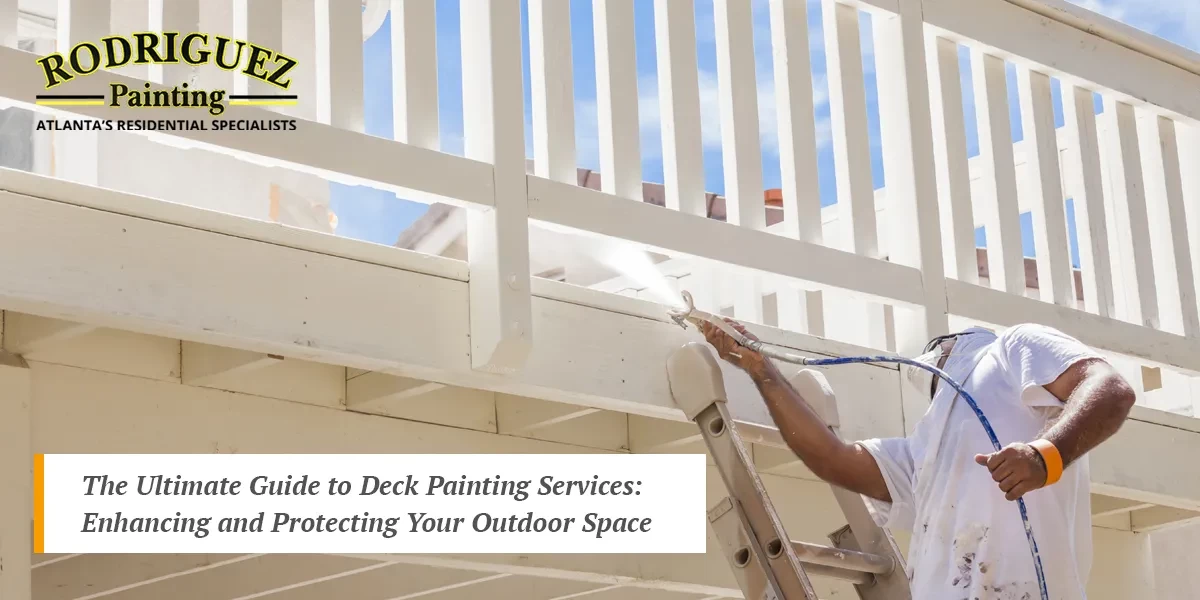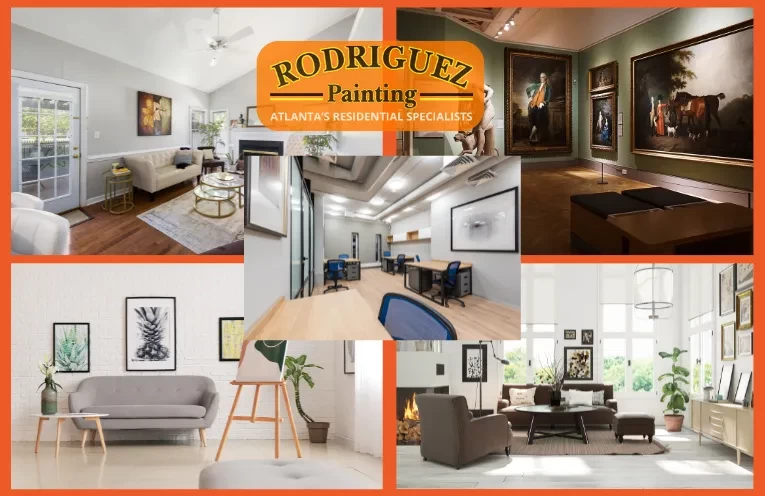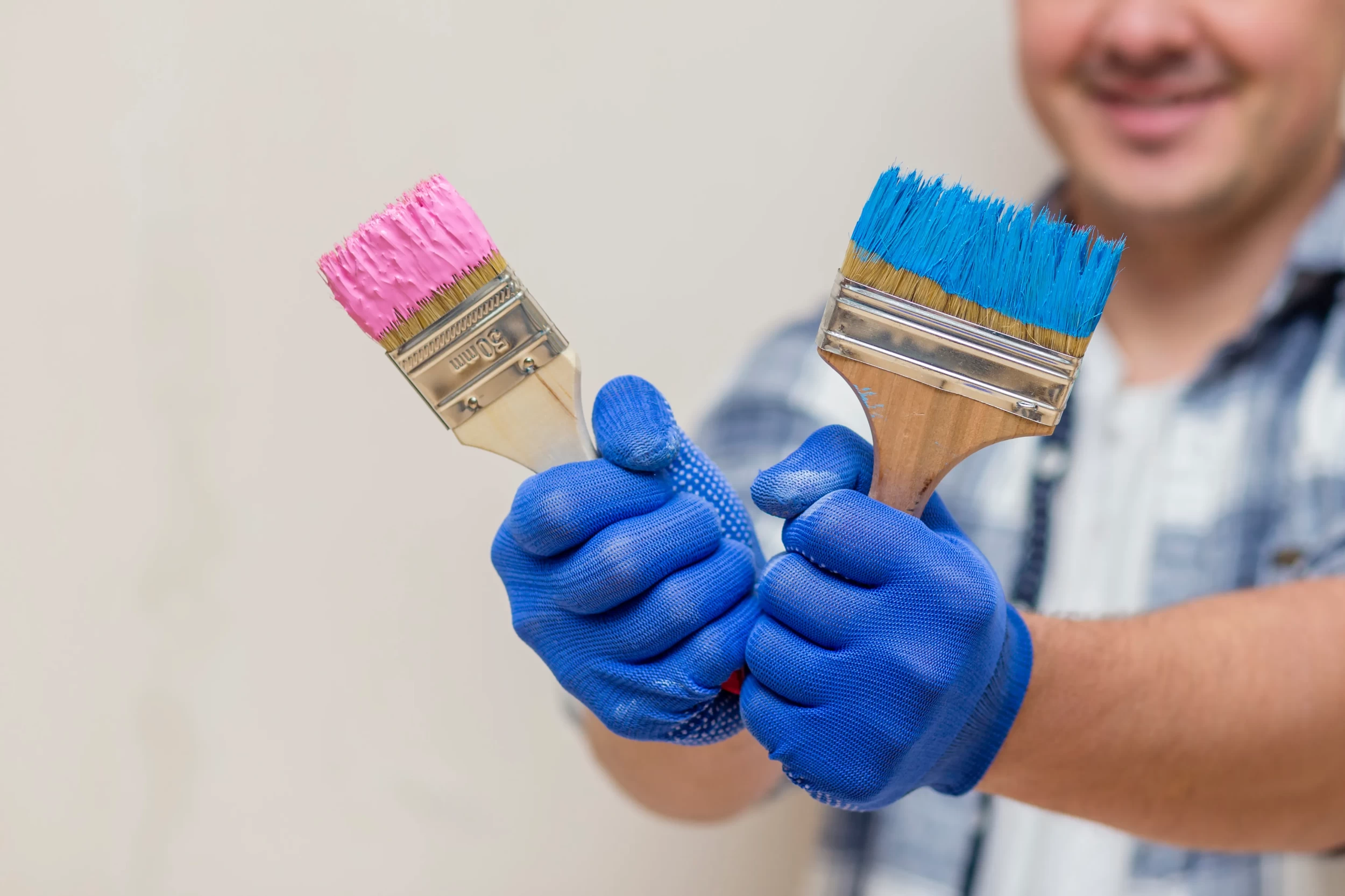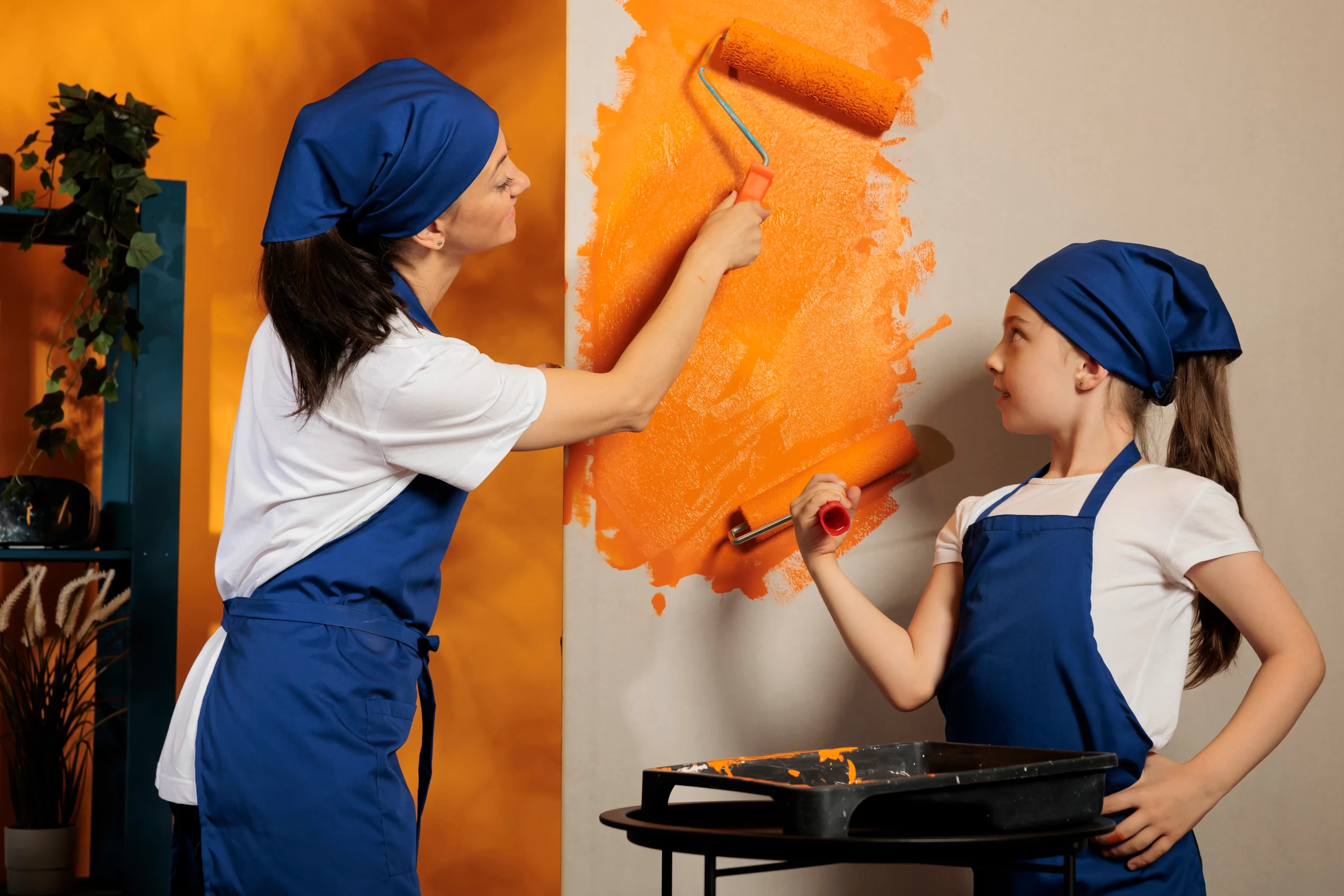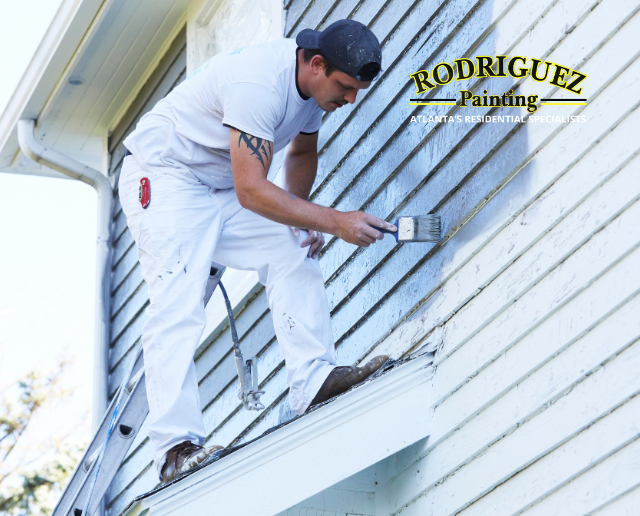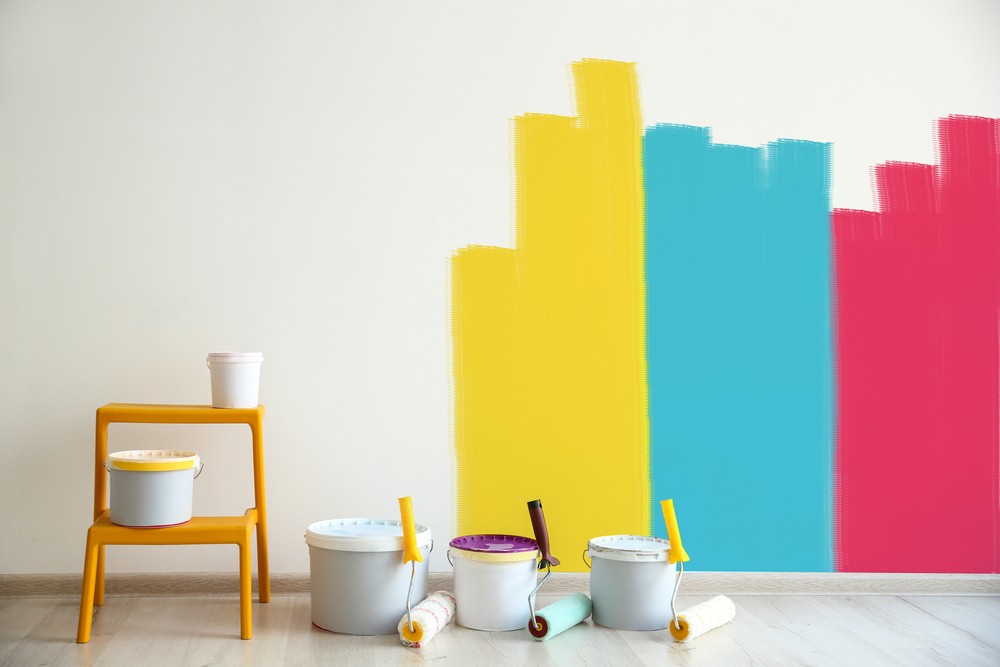
The look of your house is greatly influenced by its color. It's possible that after many years of living in the same house, the outside paint needs to be updated.
Paint colors on the outside can draw attention to architectural details, blend in with the environment, or create a statement in the neighborhood. However, picking the right paint colors for your outside home might be much more daunting than painting an interior. It's a significant task in terms of money, time, and curb presence. With so many hues available, how can you select the ideal one? To pick the ideal paint color choices for your home's exterior, you must contact professional painting services providers.
Understanding Your Exterior Surface
It's important to take into account the surface that you are going to paint before selecting paint colors. For this, first of all, you must take into account the architectural style of your house exterior. This is because some home designs go better with particular color schemes than others. Neutral colors or a more monochromatic design could work better in a minimalist, contemporary home than in a Victorian one, which would benefit more from bright, vivid hues.
Observe your surroundings, your landscaping, the houses next door, and other outside features. To create a coherent design, this might help you decide which colors will blend in the best with the surrounding area.
Choose a color scheme after carefully examining the textures of the external components of your house, such as the bricks, stones, and roof tiles. You may create an appealing outside design for your home by choosing exterior paint colors and tones that go well with the current materials.
Seek Direction from Your House
You ought to incorporate some of the colors that are currently present in your home into your color scheme, such as the roof, window trimmings, and brick or stone on the foundation. It's important to realize that already fixed colors greatly influence paint color selection. You can't choose a fashionable paint color that has nothing to do with the existing decor of the house and disregard it.
The size of a residence also affects how colors seem. Excessively light color schemes on a small residence can make it appear floating, while very huge homes painted in dark colors might look sinister and grim. The surroundings also matter. Recessive hues like sea foam green, pastels, or soft neutrals might be inspired by a more realistic scene. With clear design reliability, a formal landscape configuration, such as a series of rows of boxwood shrubs bordering a sidewalk, may require brighter colors and accents.
Harmonizing with the Neighborhood
Your neighborhood may inspire you, just as your house can. Ideas for potential exterior paint colors could be found in the neighborhood. Examining the buildings in your immediate surroundings is an excellent place to start. Do you reside in an area where prevailing themes are present? Or are you a resident of a historic district?
Bold colors are insufficient if the neighborhood is dominated by Victorian houses. An extravagant pastel collection might not be the ideal choice if the area is primarily ranch-style homes. Pick exterior paint colors based on the architectural design of the neighboring homes.
Maintain a Consistent Color Scheme
Keep your color scheme simple to prevent overwhelming the outside of your house. Three distinct colors are normally employed for effective house color schemes: two accent colors and a dominating shade, the latter of which is frequently brighter or richer than the other two. Similar hues, such as varying shades of gray, complement each other nicely and are said to as monochromatic. Analogous colors—those that are adjacent to one other on the color wheel—as well as complementary or opposing colors, go well together.
Make sure you select the brown vinyl window if your color plan is earthy and incorporates subtle colors like creams and browns. And match the color of the trim to it. Bright white vinyl windows set against earthy stonework make the house appear unbalanced. A unified and eye-catching appearance may be achieved with a well-planned color strategy and an adequate palette.
Testing the Colors in Different Lighting Conditions
The way paint colors seem in your space may be influenced by the lighting. Keep in mind that color perception can be affected by both artificial and natural lighting sources. Think about painting a small portion of the outside of your house with the colors you are thinking about, then see how they seem in different lighting situations and during the day. You'll get a better idea of how the colors will seem on a bigger scale from these samples.
Varied lighting situations, such as morning, afternoon, evening, and night, usually provide varied looks to paint colors. Before choosing the perfect color, we advise you to try sample swatches of your preferred hues in various lighting conditions. This is because natural light
will alter the way some colors seem on the exterior of the house
Adopting Trends with Caution
It's important to approach present trends cautiously, even if they might be attractive, especially when it comes to long-term expenditures like exterior painting. Choosing classic color choices will ensure that your house will look good for years to come. Incorporating trending colors into smaller, readily adjustable aspects such as front door or trim color is a good idea if you're inclined to them.
Conclusion
A mix of aesthetic tastes, environmental awareness, and practical considerations go into selecting the appropriate exterior paint and color schemes. You may make well-informed judgments that lead to a beautiful and long-lasting exterior by taking the time to evaluate the surface of your property, taking climate conditions into account, and researching color theory. For a genuinely thorough approach to painting services, don't forget to test colors in various lighting settings, accept trends with caution, and include ecologically responsible solutions. Using these pointers will ensure that your house not only looks great but also sustains throughout time





